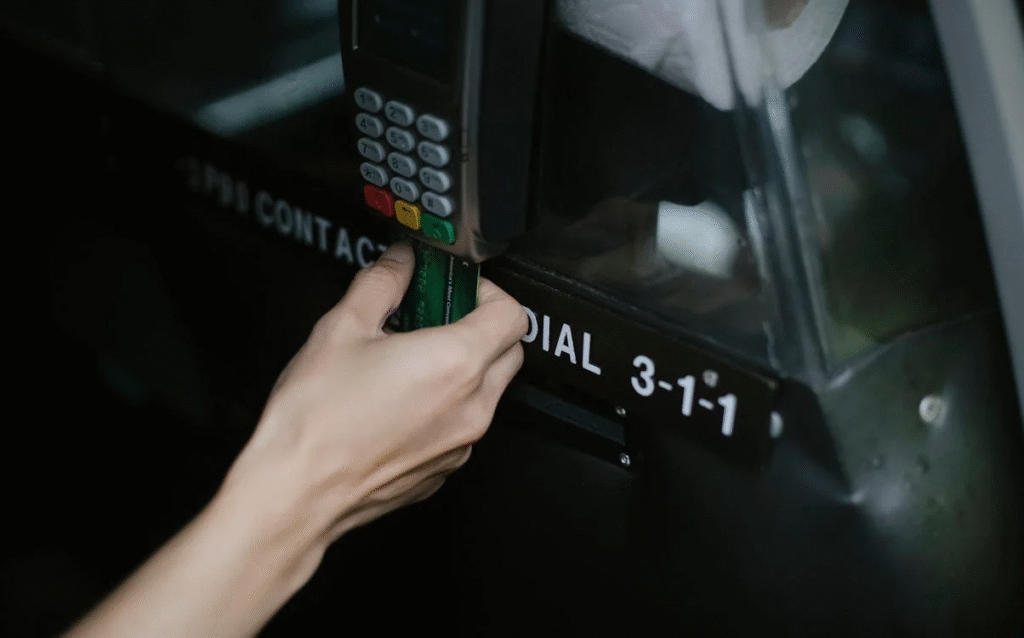How to request to stop using your credit card? Step by step
Learn how to safely stop using your credit card with this step by step guide, including tips to avoid fees and protect your credit score.
Learn how to request to stop using your credit card

Whether you’re trying to take control of your finances, reduce debt, or simply want fewer credit accounts open, stopping the use of a credit card can be a smart move.
But it’s important to do it the right way, closing a credit card or choosing not to use it anymore can affect your credit score, monthly budget, and even your identity protection. Here’s a clear, step-by-step guide to help you stop using your credit card safely and responsibly.
Step 1: Decide Whether You Want to Close or Just Stop Using It
First, ask yourself what your goal is. Do you want to permanently close the account, or and just stop using the card for a while?
If your main goal is to avoid overspending, simply putting the card away or freezing it (literally or with a card-lock feature in your banking app) may be enough.
But if you’re aiming to reduce the number of open accounts or simplify your finances, closing the card might be the better choice.
Keep in mind: closing a credit card can impact your credit score, especially if it’s an older card or has a high credit limit. That’s because credit history and credit utilization are important parts of your FICO score.
Step 2: Pay Off the Balance
Before requesting to stop using your credit card, especially if you’re closing it, make sure the balance is fully paid off. Credit card companies typically won’t let you close an account with an outstanding balance.
Check your most recent statement and your online account to ensure there are no pending charges or fees. If you’ve been carrying a balance, consider a payoff plan or look into options like a balance transfer if needed.
Step 3: Redeem Any Rewards or Cash Back
Many credit card accounts come with points, miles, or cash back rewards. Before you stop using the card, check your rewards balance.
Some credit card issuers will let you keep or transfer the rewards, but others will cancel them once the account is closed. So, make sure to redeem your rewards for statement credits, gift cards, or other available options before you proceed.
Step 4: Contact Customer Service
Now it’s time to get in touch with your card issuer. You can typically call the customer service number found on the back of your credit card or on the bank’s website. Here’s what to say!
- If you just want to pause usage, ask them about temporary freezing options or card lock features;
- If you want to close the account, let them know you’d like to close the account and confirm that your balance is zero.
It’s a good idea to ask for a written confirmation or email that the account is closed with a zero balance, just for your records.
Step 5: Destroy the Physical Card
Once everything is confirmed, it’s time to safely get rid of the card itself. Cut the card into several pieces, especially through the chip and magnetic strip, or use a shredder designed for plastic cards.
If it’s a metal card, call the issuer and ask how to return it or dispose of it properly, some companies will send you a prepaid envelope to mail it back securely.
Step 6: Adjust Your Automatic Payments
If you had any recurring bills or subscriptions connected to that credit card, be sure to update those payment methods. This includes things like streaming services, memberships, or utility bills.
Forgetting this step could result in missed payments or service interruptions.
Final Thoughts
Stopping the use of a credit card doesn’t have to be complicated. The key is to think through your financial goals, understand the potential impact on your credit score, and handle the process step by step.
Whether you’re taking a break from spending or closing the account for good, being intentional with your decision can help improve your financial well-being in the long run.






